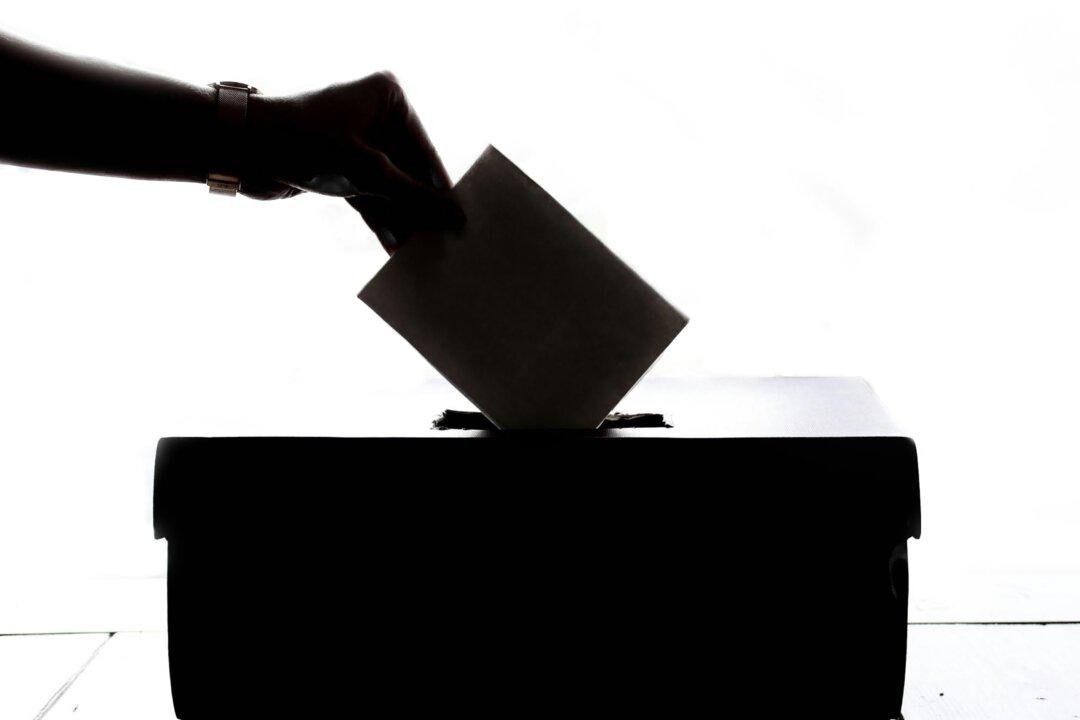Commentary
“The decade ahead may well be a Stagflationary Debt Crisis the likes of which we’ve never seen before,”
warns New York University economics professor emeritus Nouriel Roubini, who has the distinction of having
forecast the home mortgage-driven 2008 financial debacle as early as 2006.
The Turkish-born Roubini is no conservative, having served on President Bill Clinton’s Council of Economic Advisers and as adviser to Clinton Treasury Secretary Timothy Geithner. Yet he sees the Biden administration marking the beginning of “a new era of Great Inflationary / Stagflationary Instability.”
He fears the repeat of the recessionary, inflationary conditions of the 1970s, but with an added negative: high debt levels. According to Roubini, “Between today’s surging stocks of private and public debts (as a share of GDP) and the huge unfunded liabilities of pay-as-you-go Social Security and health systems, both the private and public sectors face growing financial risks.” And when it is clear to all that the economy is in a protracted nosedive, Roubini worries “that central banks will wimp out and blink, and not be willing to fight inflation. In this case, the Great Moderation of the past 30 years may be over,” he cautions. Roubini cited the example of the Bank of England last fall
undertaking an emergency quantitative-easing program in reaction to the market turmoil that followed the announcement of major tax cuts by the British government (later reined in).
Clearly, the Federal Reserve is falling short in conquering inflation; its
tightening of the federal funds rate from near zero early last year to 4.75 percent today, its highest since 2007, even with a couple more hikes certain this year, is simply not the kind of Volcker-esque aggressiveness that can achieve the goal. The Consumer Price Index is 6.4 percent, more than three times the Fed’s 2 percent target. Equally clearly, Americans will soon feel the painful effects of an economic downturn that will leave politicians demanding that the Fed abandon even those inadequate anti-inflationary policies.
Alarmingly, there are some unusual indicators of the hazards that lurk before us. Home prices, for example,
continue to rise despite rising interest rates—up nearly 15 percent from a year and a half ago. The rate of rise was the greatest since the 1970s, as the combination of COVID-stimulus cash and cabin fever artificially boosted demand. Home prices became so high that the gulf between the average mortgage payment for a just-bought home and the average monthly rent for an apartment reached 57 percent—the biggest differential ever; compare this with a gap of only 8.5 percent before the COVID lockdowns. Nearly three quarters of Americans do not now have the financial wherewithal for mortgage payments, let alone for a down payment, according to research by the real estate brokerage Marcus & Millichap.
This affordability decline is likely the prelude to an all-out housing price crash. Last week, an
analysis from the Federal Reserve Bank of Dallas warned of a global “domino effect, where investors pull out of international housing seeking safety and liquidity elsewhere.”
The S&P 500 Index lost 20 percent in 2022, and Morgan Stanley chief U.S. equity strategist Michael Wilson and Bank of America chief economist Michael Hartnett
both warn of significant stock market decline, with Wilson remarking that “the equity market may have one last stand before we fully price the earnings downside.” He
compared stockholders’ situation in the current environment to that of a Mount Everest hiker in the “death zone” where ultra-thin air can easily spell doom, calling it “a perfect analogy for where equity investors find themselves today,” and he advised bailing out and switching over to short-term and inflation-indexed bonds, and commodities, including gold.
The debt element of the impending new stagflationary era is international, governments having welcomed the fiscal temptation posed by COVID. Europe’s NextGenerationEU (NGEU) “emergency” program, allegedly designed to combat the pandemic, authorized $858 billion. But not surprisingly, as University of Munich economics professor emeritus Hans-Werner Sinn
observed last month, “There seems to be no correlation between the distribution of NGEU funds and the severity of local COVID-19 outbreaks .... Now, amid a wave of common debt issuances, the European Commission plans to compete with U.S. President Joe Biden’s $369 billion Inflation Reduction Act, which includes subsidies for clean-energy projects,” including “a new ‘European sovereignty fund’ to invest in green technologies”—notwithstanding Article 311 of the Treaty on the Functioning of the European Union’s ban on taking on debt.
Like Roubini, no friend of the growth-through-tax-cuts economic right, Sinn recalls that in the 1970s “it took a while for a wage-price spiral to take hold,” and like Roubini he believes that “high inflation is likely here to stay.” But if Roubini’s new era of economic instability sounds scary, consider Sinn’s citing of Austrian exile Stefan Zweig’s memoir “Die Welt von Gestern” (The World of Yesterday, published in 1941) and UC Berkeley historian Gerald Feldman’s study of pre-Nazi German inflation, “The Great Disorder,” in reminding us that the impoverished bourgeoisie were rendered “hateful and ripe for Hitler” by the uncontrolled cycle of ever-rising prices and wages. A sensationalist analogy perhaps, but as Sinn notes, “every inflationary episode starts small.”
With all the inflammatory talk from the left in Washington about threats to democracy, and with President Biden refusing to negotiate with the House Republican majority on spending restraints in regard to raising the ceiling on what is now an incomprehensible $31.4 trillion national debt, it’s worth remembering that history. Inflationary government spending producing a bottomless ocean of red ink can and has led to real crises of democracy—and to oceans of blood.
Views expressed in this article are opinions of the author and do not necessarily reflect the views of The Epoch Times.





